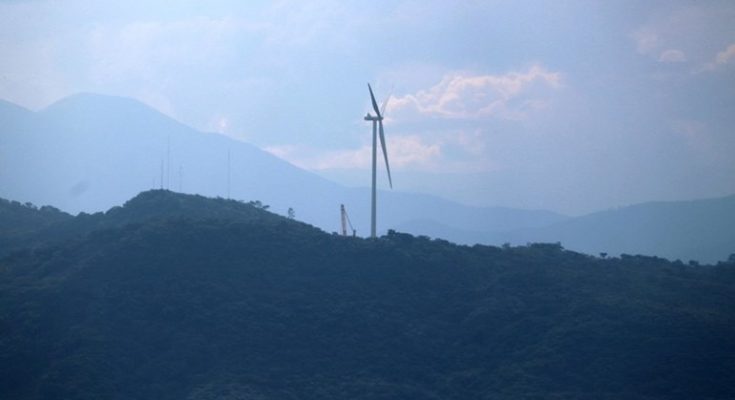The 54MW Ventus project comprises 15 Vestas V136-3.6MW turbines [Image: Tracia Network ]
Tracia Network Corporation has successfully commissioned El Salvador’s first wind farm, the Ventus Wind Project.
Located in Metapán, the 54MW Ventus wind farm comprises 15 Vestas V136-3.6MW turbines.
It will significantly add to El Salvador’s capacity for renewable energy generation and prevent the emission of approximately 200,000 tons of CO2 per year into the atmosphere.
In addition, the use of wind energy in El Salvador will help reduce the nation’s dependence on imported fossil fuels, provide the country with greater stability in the price of energy and diversify the national energy power grid.
ArcVera Renewables’ technically supported this important first in-country project through its entire development, including the use of ArcVera’s advanced, mesoscale modeling technique in early project stages to define and optimize wind power output.
The project was another first for both ArcVera Renewables and Tracia Network – the firms had also worked together on first-in-country projects in Guatemala and Nicaragua.
ArcVera Renewables chief executive and principal atmospheric scientist Greg Poulos said: “Proof of ArcVera’s ability to help create winning projects is in the spinning turbines.
“ArcVera deployed its industry-leading high-resolution mesoscale/microscale modeling techniques in the earlier stages of project development.
“For the Ventus project, energy was estimated at very early project stages without onsite met towers, which was later verified to within 1.5% of wind speed.
“The modelling results were used to identify the best wind and terrain to allow Tracia Network to win El Salvador’s first-ever wind energy tender.”
ArcVera pioneered the use of very high-resolution (on the turbine-to-turbine spacing scale) microscale/mesoscale modeling that was more commonly used for atmospheric science research and weather forecasting.
The firm defines much more accurate hub-height wind flow patterns using supercomputers and other proprietary techniques to render high-resolution, three-dimensional, time-series modeling of the winds and weather where wind turbines perform.
The results help make all wind energy development projects more efficient – optimizing meteorological measurement locations before deployment and at early project stages accurately informs wind turbine array design and energy estimation, according to the company.
The modelling results can also be applied through financing and later operational performance assessments.
Ventus project manager Paul Wagner said: “We made a good decision by taking advantage of ArcVera’s sophisticated mesoscale modeling and micrositing instead of relying on output from standard computational fluid dynamics modeling.
“The results of the ArcVera team enabled us to identify a better location, played a crucial role and input to win an auction, secure another 150 basis points of capacity factor for the Ventus project, and on a general note we felt the safety of solid calculations and projections that enabled us to execute different development steps in this pioneering project.”





